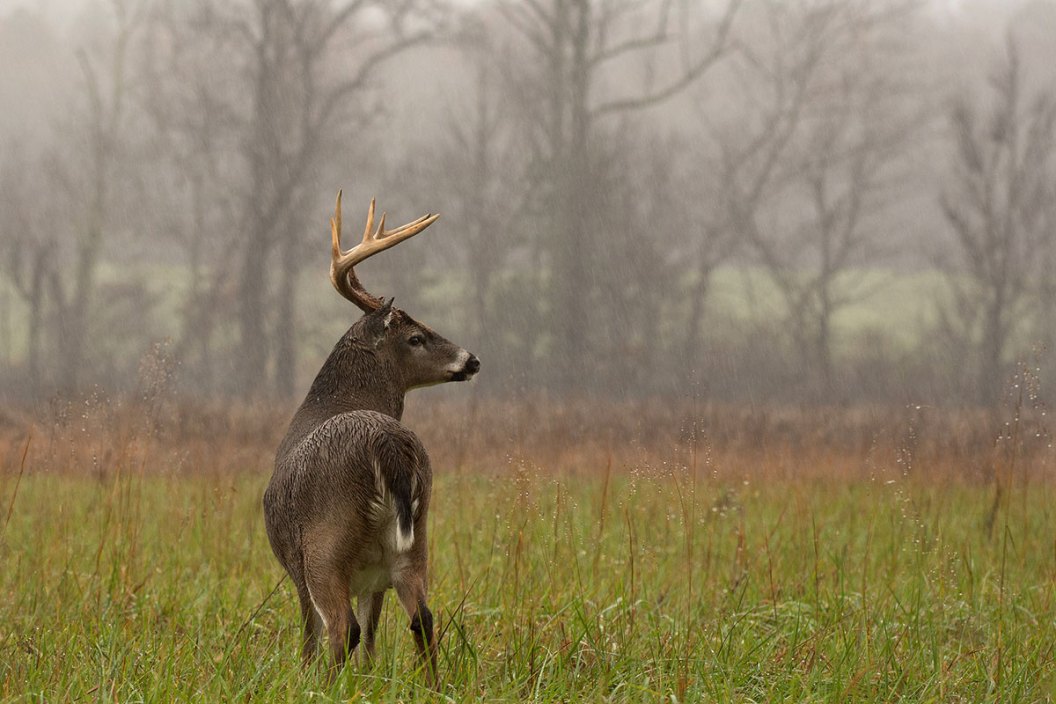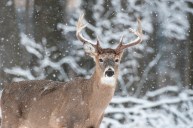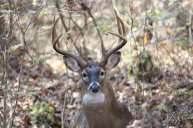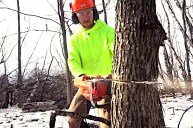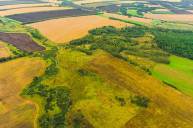Brush up with these deer food plot tips for when the planting season arrives.
There's a science to establishing the best food plot for deer that you can, and it all starts with finding the perfect place to plant it. Even if you normally go whitetail deer hunting with your gut as your guide, there are considerations you need to make in choosing a food plot location that are going to take time and thought.
Consider yourself a farmer trying to find the most effective place for his crops. However, don't take the farmer mentality when it comes to the perfection or uniformity of your crops.
It is true food plots can take up tons of time to maintain with a sprayer and mowing, but the end results are worth it. Contrary to popular belief, an effective food plot will be an amalgamation of different food source options and will look haphazard and utterly wild.
You want deer to flock to the plot without being suspicious, and you don't want other hunters to spot your plot from afar and realize what you've constructed. It's a serious part of deer management that can change the odds.
Take the necessary steps to conduct a soil test and determine the soil type you're working with, and adjust accordingly. The Whitetail Institute sells a great soil test kit that'll do the job. Then, use these tips to make it great.
Size does matter

When it comes to designing and planting food plots, size really does matter. Making a small food plot can mean the crops won't survive until maturity - especially on a property with a herd of hungry deer.
Plant a plot that is too big and you open yourself to whole host of problems, from more difficult management and maintenance to bucks that will potentially be out of your shooting range while they are eating.
Finding the perfect food plot size is quite the balancing act, though most hunters indicate that open slabs of land between a half an acre and two acres in size will do for just about any food plot design.
Pick a treestand location first
A great deer hunting food plot is only as good as the treestand locations that are near it. Your property may have a host of open acreages, but only the ones located in close proximity to a strong selection of potential hunting trees will do you much good.
Think about what will occur once hunting season begins.
You need a stand location that gives you a good vantage point of the feeding plot and keeps you in good enough range to kill any animal that comes to your crop looking for dinner. However, your tree also needs to provide cover and concealment: otherwise, the deer will spot you from a mile away and bolt before you can get a shot off.
Think about the wind
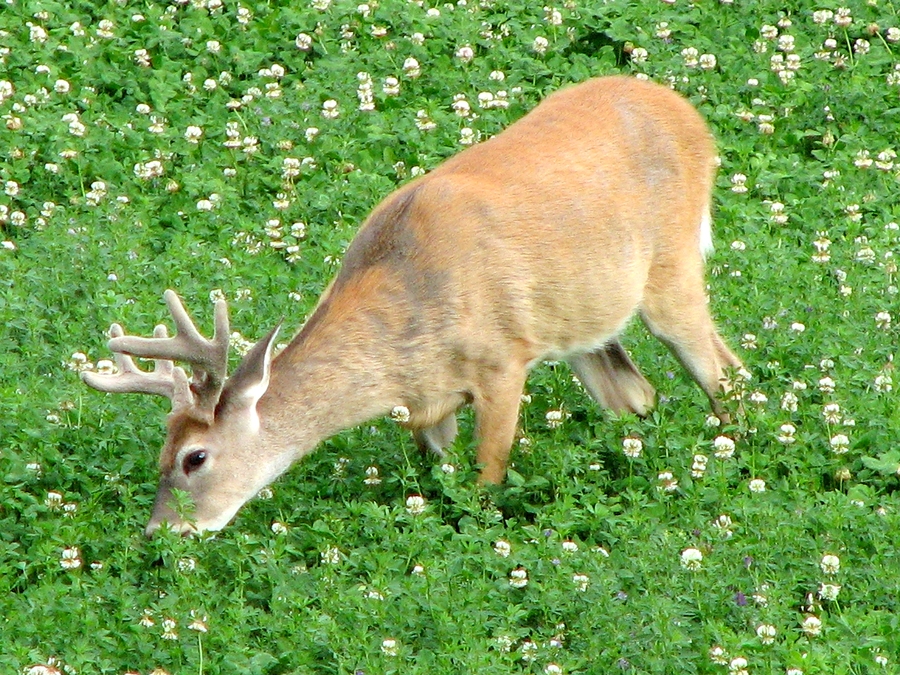
Never plant a food plot or set up your stand without first considering the general wind patterns of your hunting property. You can't predict how the wind will be blowing every single day, but you should be able to get a general sense.
Pick an area that you will be able to approach from your car or your home with the wind at your face. A breeze at your back will waft your scent over the entire food plot and will either spook deer or cause them to be wary.
Furthermore, pick a stand location upwind of the food plot. This is an essential move for two reasons. First of all, on your approach, you don't want to be wandering through or past the food plot. Secondly, you don't want your scent consistently saturating the plot. On days when wind directions change, it may be necessary to avoid the stand and the food plot altogether.
Play the angles
"Playing the angles" can mean a variety of different things for a hunter who is planting and setting up a food plot. Perhaps most obviously, it means considering the shooting angles available from your treestand. As with any other stand location, make sure you are as covered and concealed as possible, but trim any sightlines that are going to help you aim shots at the animals below.
Another angular consideration for food plots is the direction of the sun. You want a food plot location that gets hit directly by the morning sun, but which avoids the brunt of the late afternoon and early evening sun.
In other words, a plot with an open horizon to the east and a wall of protective forest to the west can be best for the health of your plot. This design will allow for your plot to soak up the sun during the cooler morning hours and will protect it from excess heat in the later hours. Plots left open to the late afternoon sun are more likely to overheat and dry out.
Barricade the fortress
Speaking of protective trees, you are going to want to do a bit of barricading if you want deer to feel safe and comfortable in your food plot area.
If your food plot is near a road or highway, a row of trees to block the sight and some of the sound is essential. Any additional cover, be it bushes or tall grasses, will help to make your deer feel at home and will make your food plot look more like a natural part of the property and less like a manmade trap set up by deer hunters.
Use proximity to your advantage
If you want your food plot to be the prime deer herd restaurant in the area, then you need to play up the convenience factor. Scout your property to get a good idea of where buck and doe bedding areas are, then plant the food plot within a few hundred yards of those locations. A nearby water source will only make your food plot more attractive.
Finally, make sure your deer have a way to get from their bedding areas to the food plot without breaking cover. Wooded tunnels will increase the likelihood of mature bucks visiting your plot during daylight, and may even mean that deer are willing to forage there after the winter rolls in.
Choose the right shape
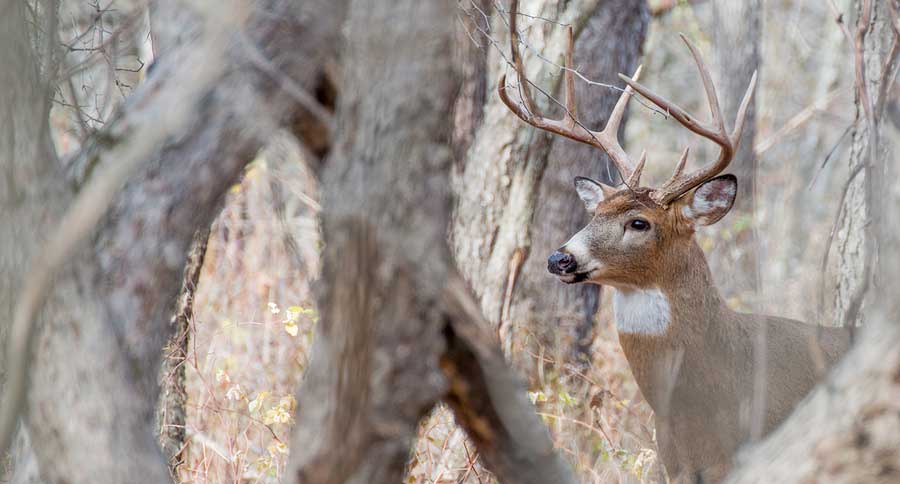
Once you've finally settled upon the perfect plot location, you have to get to the point of actually choosing the right shape and design. Generally, hunters say that long, thin food plots are the best. They maximize edge and allow deer to work their way from one end to another in a predictable movement pattern - perfect for easy and accurate shots.
A long and narrow rectangle is the favored food plot design, though hourglass shapes, "L" shapes, crowfoot designs, and carrot-like designs - a triangle open on one side - have their proponents as well.
Diversify the crop
Different crops draw deer at different times in the year, and if you want your food plot to be a truly productive place to hunt deer, you are going to want to diversify your crop. Try to plant a mix of annual summer crops (sunflowers, sorghum, soybeans, cowpeas, etc.), and more resilient annual fall and winter food crops (turnips, kale, brassicas, wheat, etc.). Of course, for the gift that keeps on giving, you should also throw in a perennial crop like clover, alfalfa, or chicory.
Though it's sometimes hard to convince hunters to tend to their food plot crops as they would their own gardens, there is work involved. Keep in mind they don't need to look as perfect as the fall food plots you may see on your favorite hunting shows. Deer don't care about how a plot looks. Although there's nothing wrong with a plot looking like a vegetable garden. If you take care of it properly, by late summer and early fall, new plots should be attracting mature bucks and does just in time for the rut.
In the late season, even small plots that have been properly maintained will act as an excellent supplemental food source and will draw in tons of deer in time for late muzzleloader.
Throw fruit trees into the mix
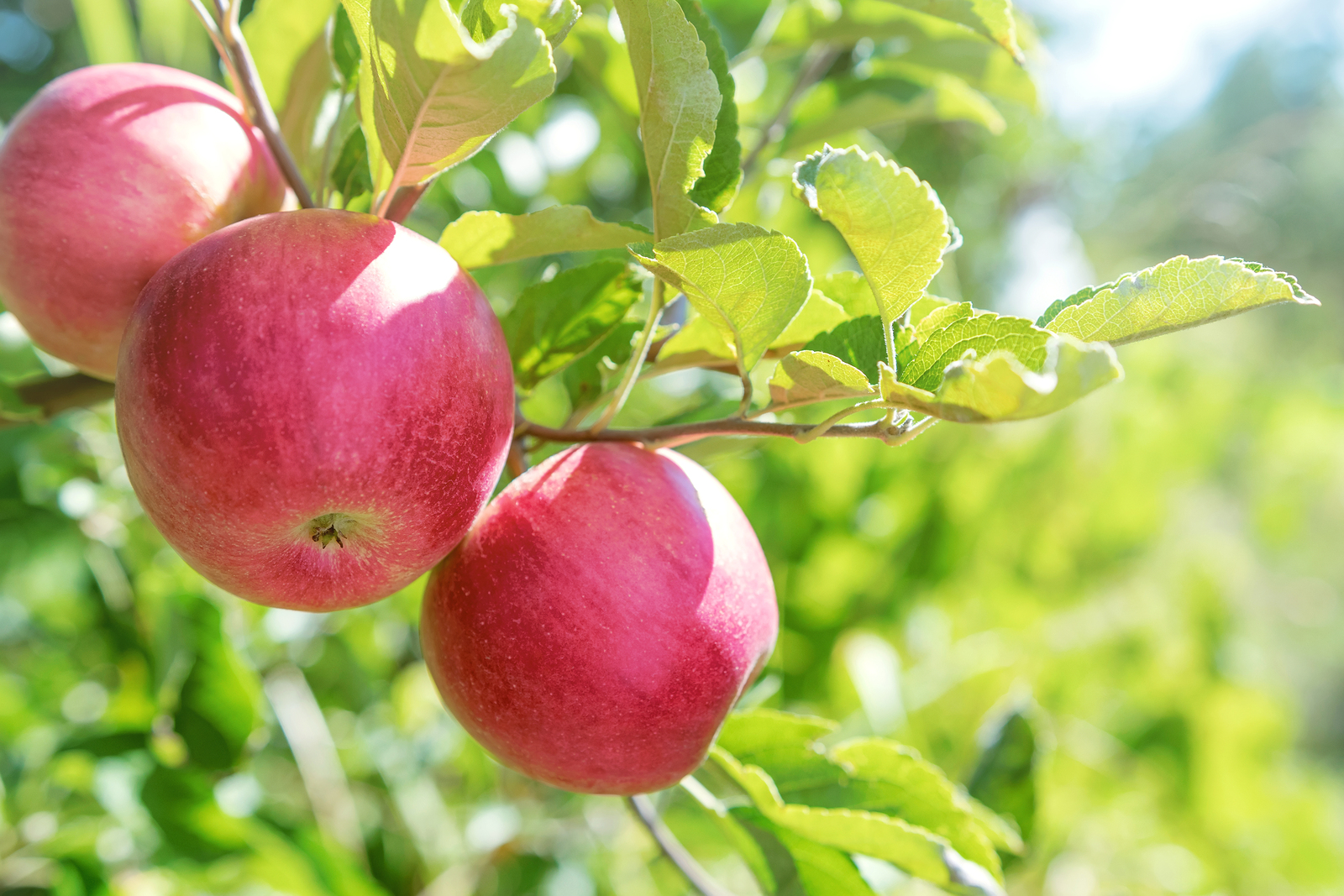
Double down on both cover and food draw by planting a line of fruit trees along the edge of your food plot. Bucks may not want to get out of bed for some of the blander food options, but fruit trees will draw them out and may even provide animals with a place to forage for food in the winter.
NEXT: 10 BUCKS SHEDDING THEIR ANTLERS ON FILM
